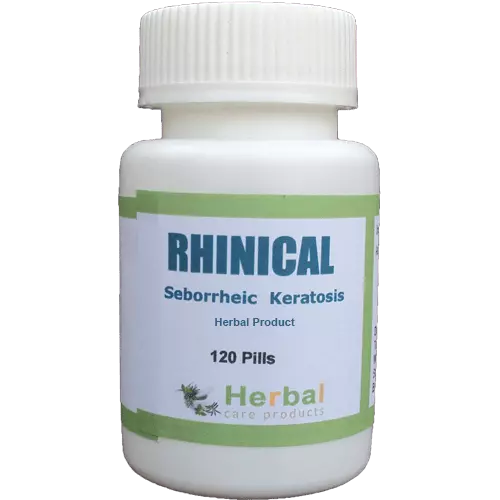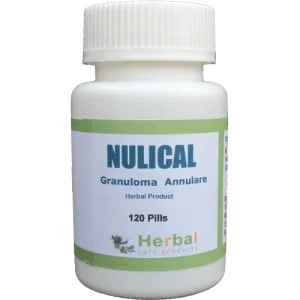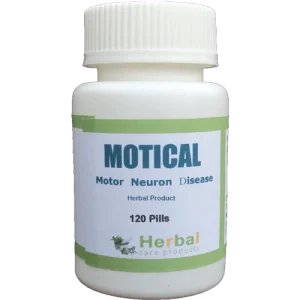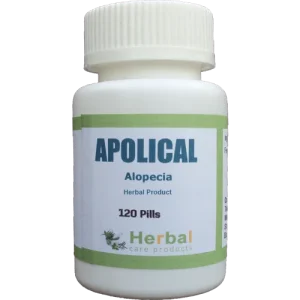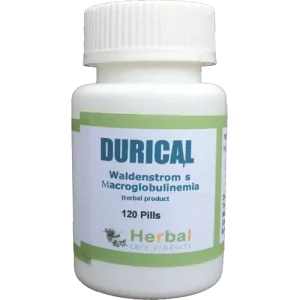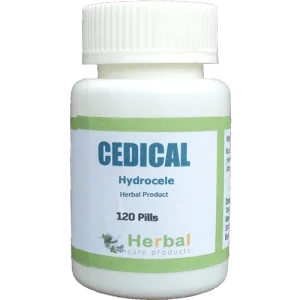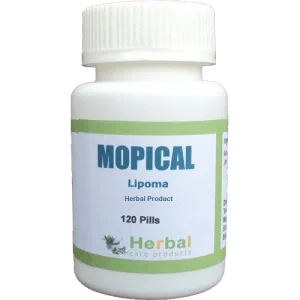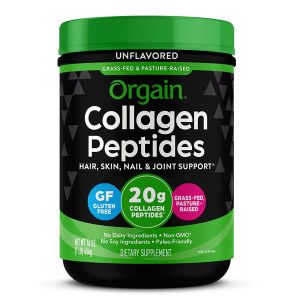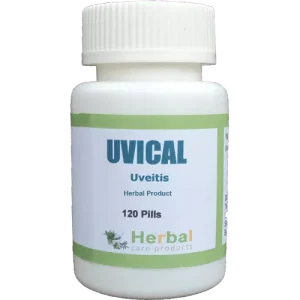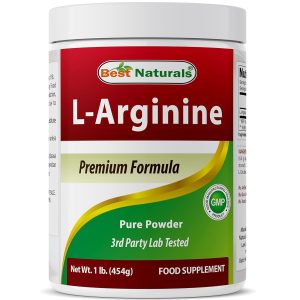Herbal Treatment For Seborrheic Keratosis
Herbal Treatment for Seborrheic Keratosis offers an excellent herbal supplement for this condition during all stages. Cases treated particularly in the early stages show much better results. Though, old cases of Seborrheic Keratosis also respond very well but would require some time. In all cases Herbal Treatment for Seborrheic Keratosis Irritation and itching, yellow, brown, black, or other colors, round-to-oval shape with the herbal supplement. The herbal supplement is strongly recommended for Seborrheic Keratosis. Herbal Remedies for Seborrheic Keratosis stop the further progression of skin lesions in seborrheic keratosis and also work to gradually reduce the size. Skin growths including seborrheic keratosis are treated very effectively with herbal treatment.
However, Herbal Treatment for Seborrheic Keratosis are natural herbs made herbal product “RHINICAL” which help to reduce the itch, dandruff, intensity, frequency, and duration of the complaints. The main advantage of opting for Herbal Treatment for Seborrheic Keratosis is that Herbal treats the condition in a very safe, gentle way. The herbal supplement helps in cases of seborrheic keratosis with both small and large growths on the skin where the skin growths have a rough upper surface.
The Herbal Supplement for Seborrheic Keratosis has a holistic approach in Herbal Treatment for Seborrheic Keratosis therefore it helps to reduce undue anxiety. However natural herbal supplement helps in treating the connected complaints and corrects the underlying diseases like thyroid disease or zinc deficiency. Herbal Product for Seborrheic Keratosis helps to improve confidence and improve the quality of life. Herbal Treatment for Seborrheic Keratosis offers help in cases of keratosis where the growths have itching.
Why Rhinical For Seborrheic Keratosis?
Made of 100% natural herbs
Comes with a money back guarantee
Removes warts and moles which cannot be usually removed without surgery
Reduces itching and irritation
Improves the texture of your skin
Benefits Of RHINICAL For Seborrheic Keratosis
Herbal Supplement for Seborrheic Keratosis is excellent way of treat this condition naturally. Benefits of RHINICAL for Seborrheic Keratosis consist of:
- It seems this treatment can be effective for mild-to-moderate dandruff Symptoms for Seborrheic Keratosis
- It removes multiple lesions in a single intervention
- This product reduce itching and inflammation around the site
- It improve the quality of life
- It helps soothe itching and scalp irritation
- This treatment helps soothe inflammation while boosting health
- It also has anti-inflammatory properties that quicken the wound healing process
When Should You Take It?
You must start taking Rhinical for Seborrheic Keratosis as soon as:
- See moles appearing on your skin
- You see wart like surfaces on the top of your skin
- If you can feel the growths are multiplying
- You see color of these moles and warts changing from yellow to brown to black
- You experience itchiness and irritation on your skin
- If you see rapid change in growths
- You see new growth on clear skin
- You see growths with irregular borders and shades
*If two or all of these symptoms occur collectively Rhinical is a definite product*
Usage Directions
- Take two Rhinical tablets per day strictly after breakfast
- Have proper breakfast everyday
- Don’t sleep empty stomach
- Don’t deviate from the mentioned time
- Take strictly after the meal and don’t attempt without breakfast
- Take it with water at room temperature or slightly warm milk
- Avoid taking the product with cold drinks
Ingredients
Ashwagandha, Liliaceae, Gum Benjamin, Ammonium Chloride and Myrobalan

